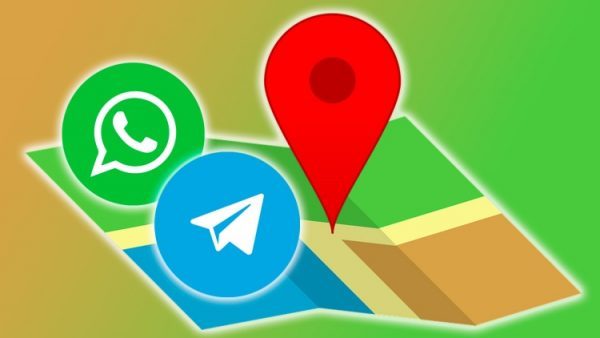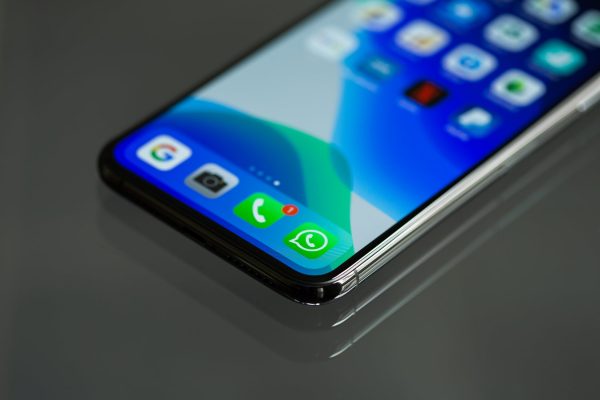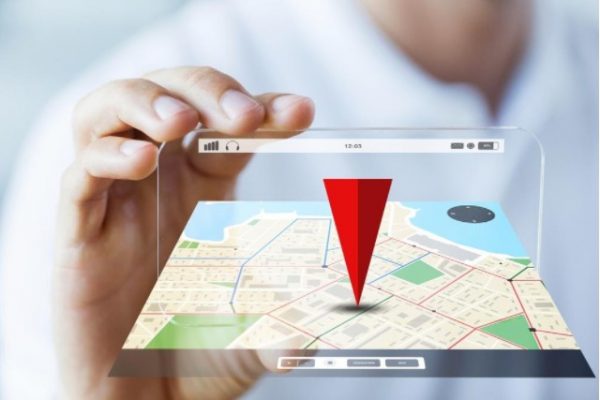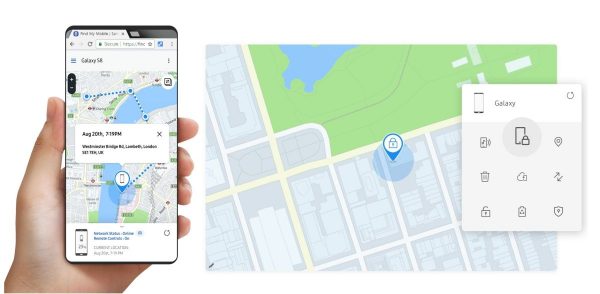
The past decades has witnessed the tremendous progress that technology has made. A case in point is the device location data as it opens doors to a wide range of use cases that are unique in many different ways. It helps identify geographic information about a device’s whereabouts associated to a time identifier. As such, one can better understand their customers or promote business growth. Before you choose a location data provider, it’s better to take a closer look at location data.
What can you learn from location data?
Location data involves information about how devices and people move through space over time. Most of this information comes from the devices we carry with us. These devices have enabled the location data to understand how individuals move in the real-world. This device data is assumed to be associated with a person, then a device identifier acts as a pseudonym to separate the person’s identify from the insights generated from the data.
Who can access location data?
- Cell phone carriers. They help find where a cell phone is located because these carriers direct calls to phones through local cell towers, which may be enhanced with GPS location data.
- Operating system. Android and iOS may know the whereabouts of the devices by providing services, improving functionality or enabling opt-in location features. Additionlly, some users opt in the use of cell tower and Wi-Fi data being used to improve location services.
- Apps and App partners. Location-based features such as weather alerts and groceries deliveries are built into some applications. However, this location data is shared with App partners so as to offer personalized ads.
- Location analytics providers. In certain cases, a mobile device can be tracked even when it is not connected to the internet. This includes mobile phones with WiFi and Bluetooth enabled, and other Internet of Tings devices like fitness trackers or vehicles.
How is location data generated?
It’s no wonder that most people think of global positioning system(GPS) when it comes to location data. This technology is greatly helpful in our daily life but it is only one of many ways to identify where the devices or individuals are located. In most cases, GPS is combined with carriers, operating systems, applications and others to provide location data. Take a closer look at commonly used methods including location signal, GPS, cell toweers, Wi-Fi and bluetooth beacons.
- GPS – Global positioning system is made up of over 30 satellites which are in orbit around the earth. This technology works in your smartphones or other devices by receving signals from the satellite. It is capable of calculating where the device is by measuring the time it takes for the signal to arrive. GPS location data can be very accurate under certain conditions, mostly in outdoor locations. It is much less accurate in urban areas and especially poor for searching location inside the building. As such, modern cell phones uses GPS system in combination with WiFi network and bluetooth to provide a more accurate location information.
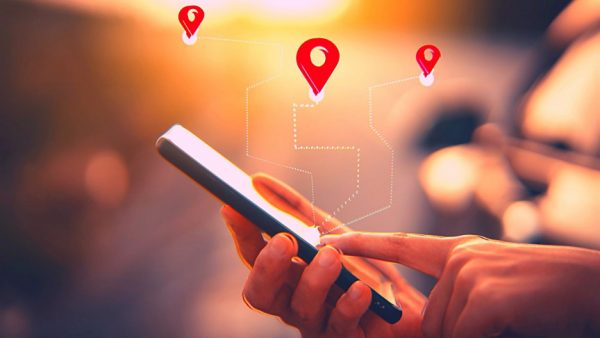
- Cell tower – Mobile devices are usually connected to cell towers so that they can send messages and receive phone calls. A device can identify multiple cell towers and by triangulation, based on signal strength, can be used to find out the approximate location of the device.
- Wi-Fi networks – This source of location signals is great at providing accurate and precise location indoors. Devices can utilize this infrastructure for more accurate position when GPS nad cell towers are not available, or when these signals are obstructed.
- Bluetooth beacons – Many applications are designed to detect their proximity to beacons. Small radio transmitters that broadcast one-way Bluetooth signals. Beacons can be attached to personal items as well as installed at known locations such as retail space or shop. Such being the case, an application that user has given permission to access Bluetooth can track a cell phone online or send promixity-based alerts.
- Location signals – To provide a more accurate location, modern smartphones combine signals detected from the above-mentioned source. The signals from many different sensors can help to provide a consolidated “location services” feature, transmitting highly precise location to applications.
- Identifier – Each cell phone needs to be associated with an identifier to understand movement over time. This identifier is known as a device ID, and you can locate Identifier for Advertising in iOS device while it’s called Android Advertising ID in Android.
What are the use cases of location data?
Hopefully you have understood how the location data is generated or collected. However, what are the uses of accurate and precise location data? In fact, having access to location data can benefit both your business and family. For individuals, you can GPS locate a cell phone in case you lost it. You also will be able to track your family members in order to keep connected. If you are a business owner, you will know when and where your employees are clocked in and make sure they are working properly. Moreover, some marketers use location data to predict what customers want and personalize ads.
Closing thoughts
We have covered almost every aspect of location data to help you better understand how location data is generated. Now you know location data can be accessible through plenty of methods such as GPS tracking system, cell towers, Wi-Fi network and more. As such, marketers can use a different combination of each of these in a single campaign to target audience.

